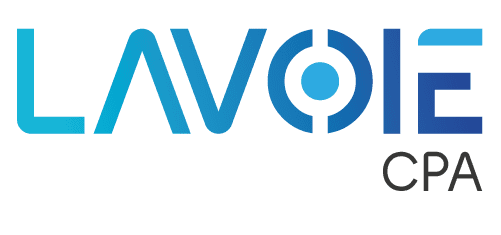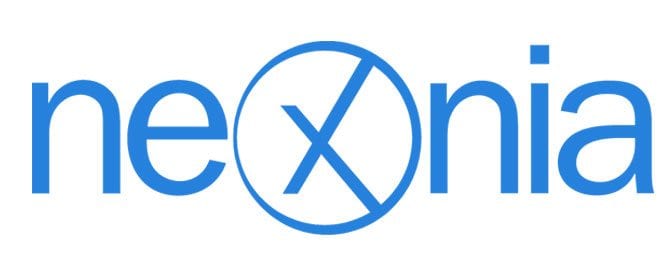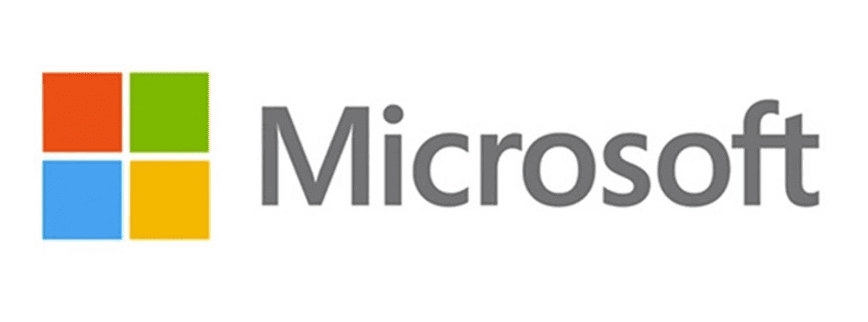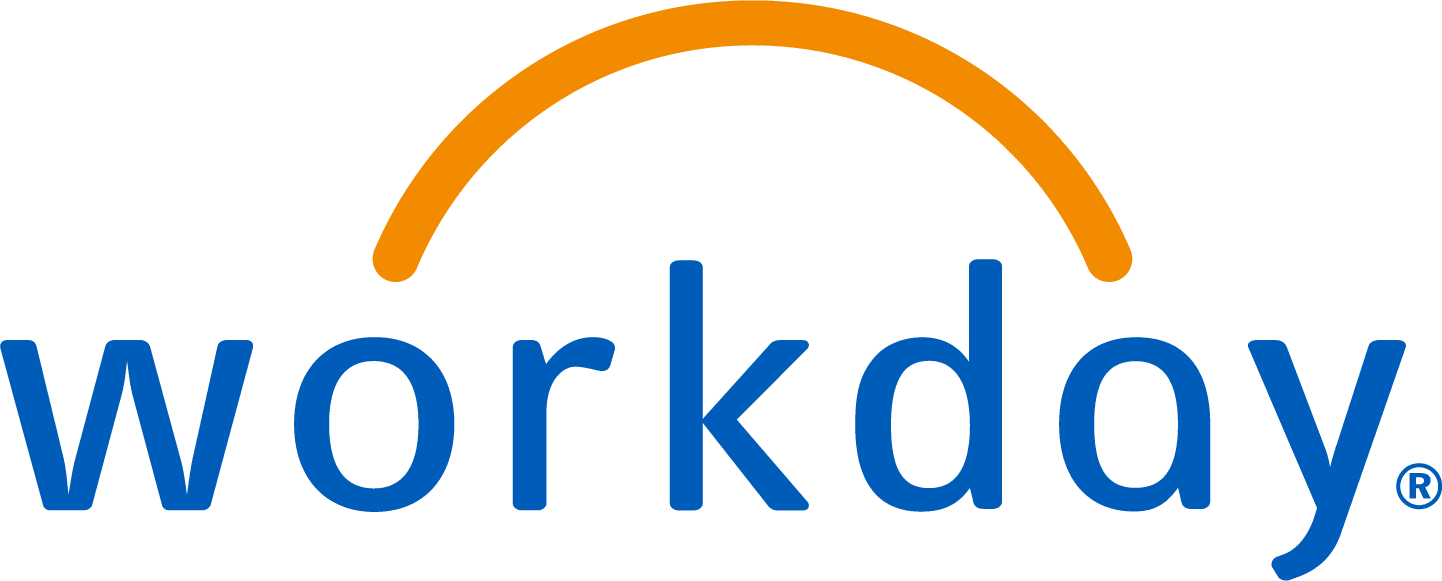Accounting Software Solutions
We leverage Accounting as a Service (AaaS) and cloud-based technology to streamline clients’ accounting, payroll, and analytical processes. Implementing software solutions is critical for improving financial reporting and making businesses scalable over the long term. We work closely with clients to identify the right software solution that supports strategic objectives while making operations more efficient and effective.
CONTENTS
"*" indicates required fields
What Are CPA Software Solutions?
CPA financial software integrates accounting services, financial reporting, and payroll to streamline accounting within businesses.
- It automates manual processes, reducing errors, reworks, and other inefficiencies while freeing up personnel to focus on revenue-generating activities.
- CPAs can download data to create customized management reports, or to perform analytics.
- Outsourced accounting personnel can access data off-premises freeing up needed office space.
- During audits by governmental agencies, suppliers, or other stakeholders, quickly, accurately, and effectively organize the data needed.
- When information is on the cloud, your company has access to all financial records when needed. There is also a regular backup of data, improving the integrity of data retention.

Automate Processes With Accounting Software Solutions
Reduce paper source documents, data entry, and document retention costs through automation and cloud-based software.
- Run a balance sheet, income statement, or statement of cash flows as entries are posted, making month-end processes easier to perform.
- Attach source documents to journal entries and reduce the amount of time to pull support for financial audits, vendor inquiries, or month-end approvals.
- When accounting data is stored in a cloud-based application, the database makes it easier to create analytical reports previously kept in Excel.
- Assign accounting personnel to other administrative tasks and enhance the overall efficiency and effectiveness of operations.

Reduce Cycle Time With Accounting Cloud Software
Improve the communication between functional departments and leadership with streamlined accounting data in CPA software solutions.
- Reduce the number of business days required to prepare financial statements, thereby freeing up resources to work on other value-added tasks.
- Give department managers the financial data needed to make decisions faster, helping to reduce operating costs, and make organizations more agile.
- Shorten payroll processing, financial statement preparation, and other accounting tasks thereby improving the efficiency of entire accounting and finance departments.
- Deliver reports and information to internal stakeholders quicker, thereby delivering better customer service to co-workers and creating better relationships.

Track & Monitor Performance With Financial Software Solutions
Create performance dashboards and track metrics related to financial performance, workforce management, payroll, and financial forecasts using CPA Cloud software.
- Track expenses, operational performance metrics, labor, and attendance using cloud-based applications to deliver real-time data.
- Track sales, departmental expenses, debt issues, and other financial data using customized reports that fit the specific needs of managers and organizational leaders.
- Build scorecards using financial software solutions to determine the cost of poor quality and reduce inefficiencies.
- Update projections, assumptions, and forecasts using accurate data in CPA financial software.
Our CPA Cloud Software Partners
Create performance dashboards and track metrics related to financial performance, workforce management, payroll, and financial forecasts using CPA Cloud software.
Businesses have a dynamic suit of finance and accounting modules when opting for Sage Intacct to track their operations.
Run accounts payable and accounts receivable remotely, creating invoices and paying bills using this dynamic cloud-based application.
Access cloud-based mobile expense report management tailored to meet clients’ needs. Flexible workflows, mobile access, and online support streamline the reporting process.
Make payroll processing and human resource administration easier and more flexible utilizing the customizable modules of this cloud application.
Get a complete accounting and finance solution with support and quick access to software updates when using Microsoft for accounting, payroll, and related tasks.
The spend management solution that gives you the credit you need and the software to manage it. With Divvy, you can finally take control of your budgets.
Leverage this multifaceted cloud application to manage finance, payroll, and human resources while streamlining work and attendance tracking.
Why Choose Lavoie CPA?
As an accounting firm, we leverage CPA software solutions to deliver value to clients, streamlining accounting processes, and providing better information for decision-making. We only take on clients and engagements when we know we can add value. Through transparency, honesty, and straightforward answers, we help clients identify opportunities for improvement and scale their businesses to meet their long-term objectives. To learn more about software for finances and our services, please contact us today.

Schedule a Consultation Today
With a wide variety of accounting cloud and software support, Lavoie can meet your organization’s needs for software solutions in Charlotte. While we serve clients across America, we can also be your local Charlotte, NC software solutions firm if your organization is in the greater Charlotte-Metro area. Contact us to learn more about our accounting software solutions.
"*" indicates required fields





